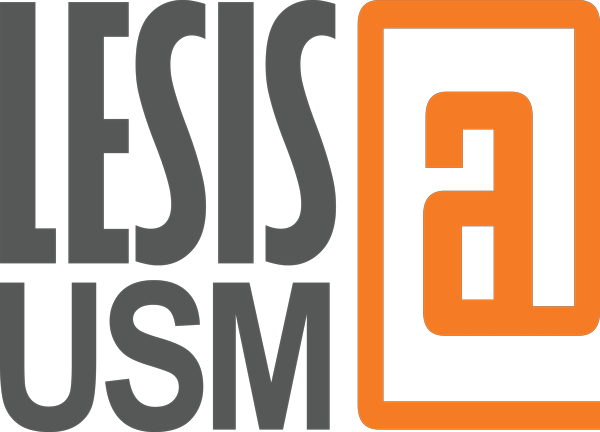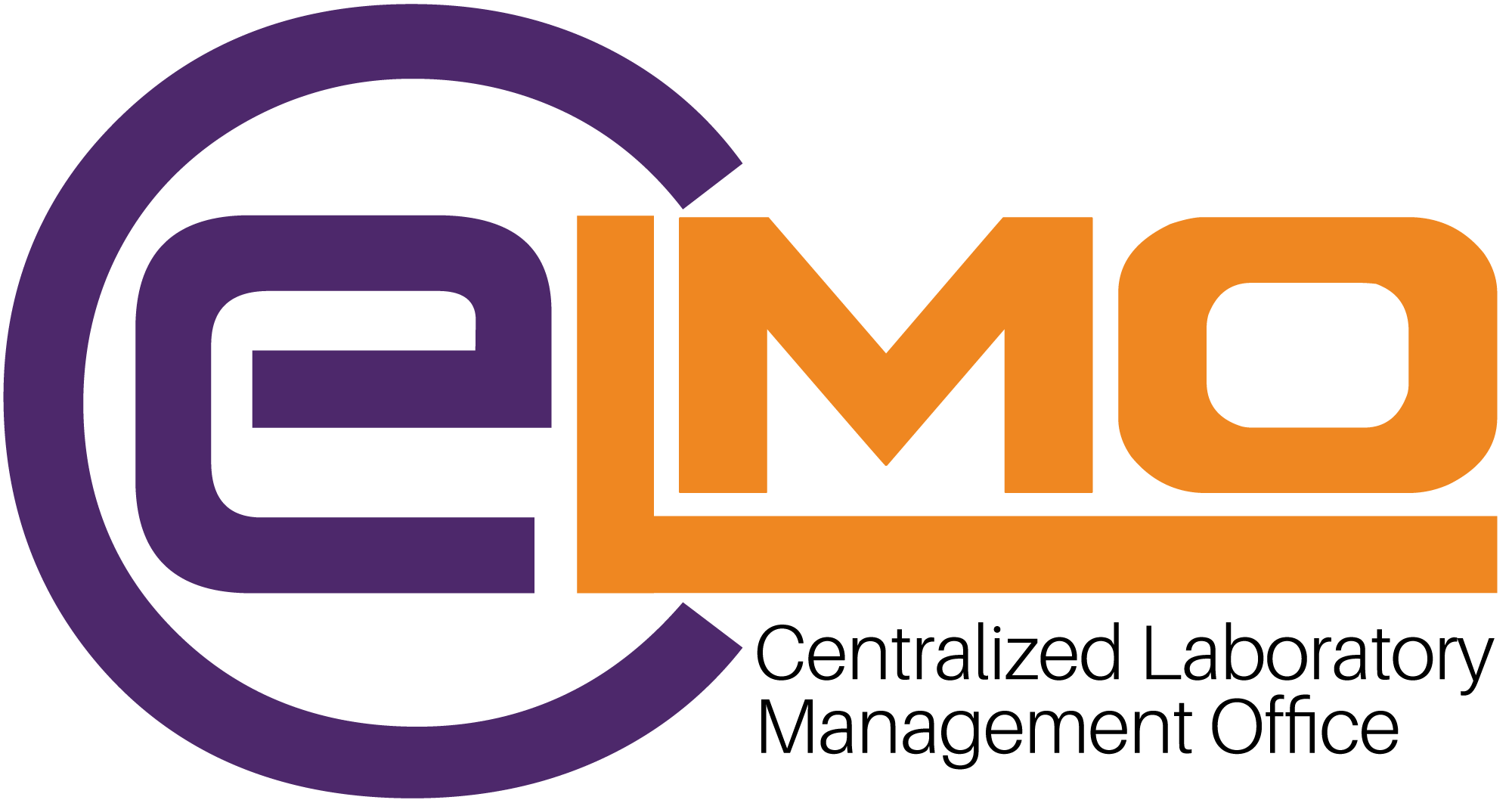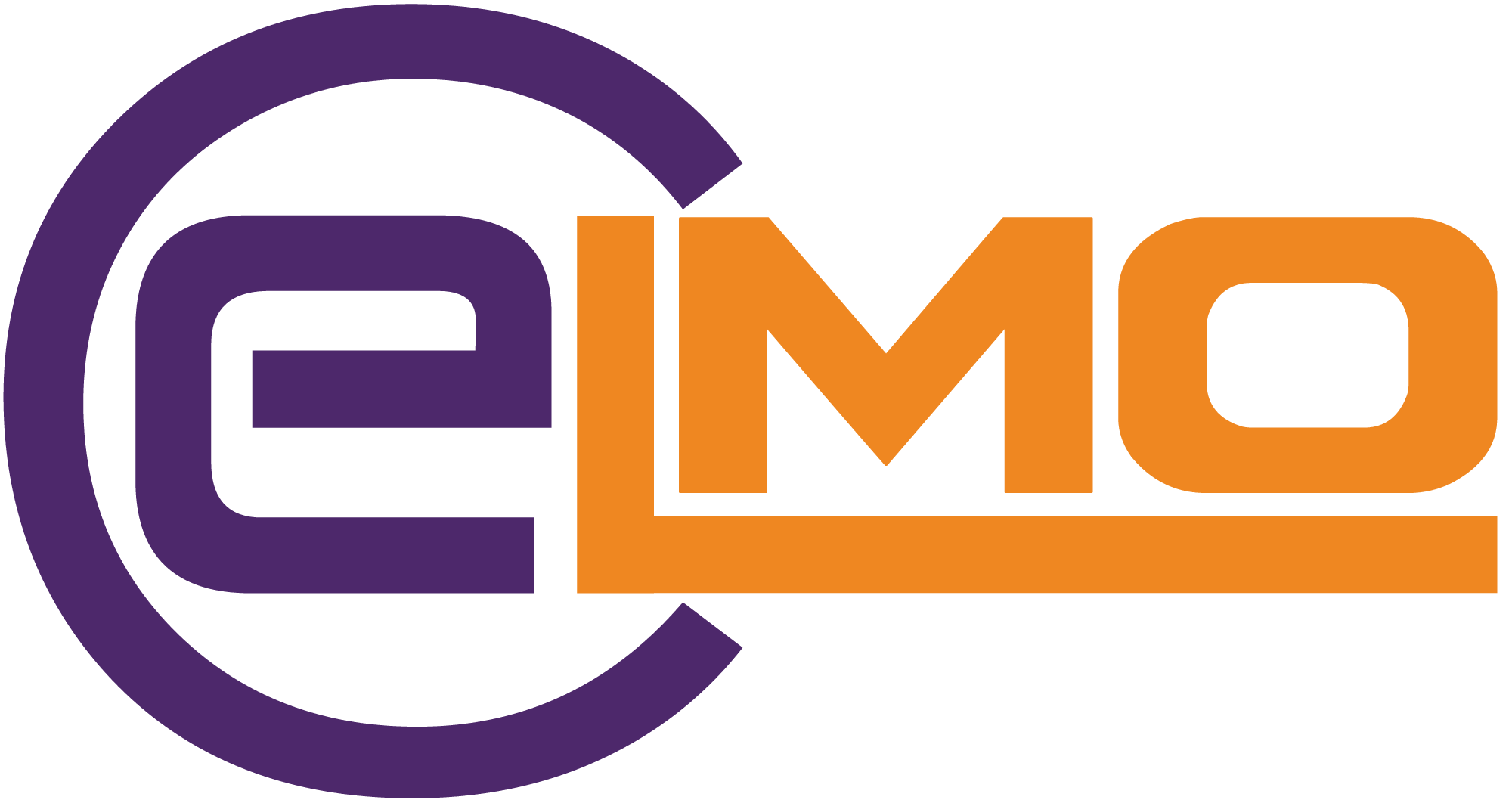

Laboratory Equipment & Services Information System
by Centralized Laboratory Management Office (CeLMO)
An ELISA Reader (Multi-Wavelength) is a microplate spectrophotometer designed to measure optical density (OD) in enzyme-linked immunosorbent assays (ELISA) and other absorbance-based applications. The multi-wavelength feature allows detection at multiple wavelengths for enhanced accuracy and flexibility in different assays.
An ELISA Reader (Multi-Wavelength) is used for measuring absorbance in enzyme-linked immunosorbent assays (ELISA) and other optical density-based applications. It provides accurate and reproducible quantification of biological and chemical substances.
1. Clinical & Medical Diagnostics
Detects infectious diseases (HIV, dengue, hepatitis, COVID-19).
Measures hormone levels (e.g., insulin, thyroid hormones).
Monitors autoimmune diseases and cancer biomarkers.
2. Pharmaceutical & Biomedical Research
Used in drug discovery to test compound effects.
Measures enzyme activity and protein interactions.
Assesses antibody and antigen binding in immunological studies.
3. Food Safety & Environmental Testing
Detects toxins, allergens, and contaminants in food samples.
Analyzes water and environmental pollutants (e.g., heavy metals, pesticides).
4. Molecular Biology & Biochemistry
Quantifies proteins, DNA, and RNA using assays like Bradford, Lowry, or BCA.
Measures enzyme kinetics and metabolic activities.
How to Use an ELISA Reader:
Prepare Microplate – Load samples into a 96-well or 384-well plate.
Set Parameters – Choose the wavelength(s) based on the assay protocol.
Insert the Plate – Place the microplate into the reader.
Measure Absorbance – The device detects optical density (OD) at selected wavelengths.
Analyze Results – Use software to calculate concentration, standard curves, and cut-off values.
Clean & Maintain – Remove the microplate and clean the instrument for future use.
- Manufacturer
- Brand
- ELISA
- Model
- ELISA
- Year Manufactured
- Year Procured
- 2010
- Department
- PUSAT PENGAJIAN SAINS KAJIHAYAT
- Location
- G09a-109
- Date Registered LESIS
- 26/03/2025
- Category
- Function
- Booking,
- Category
- Self operated
- Equipment Status
- Disable
Person In-Charge


